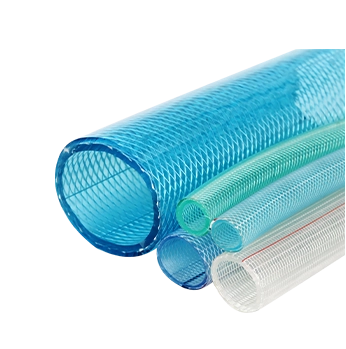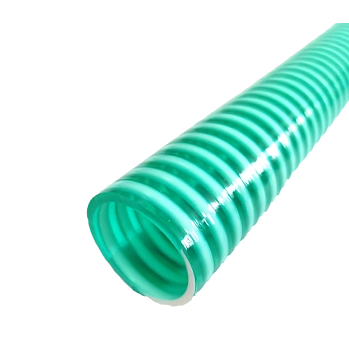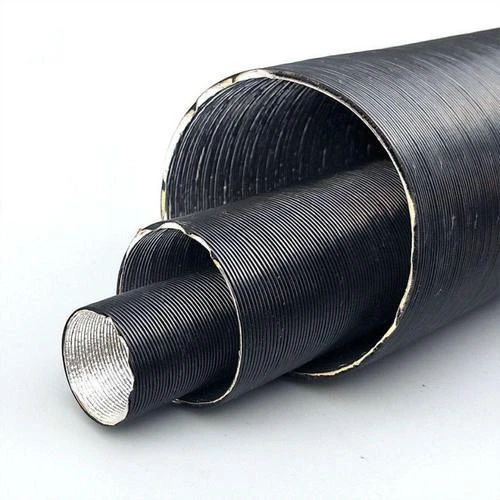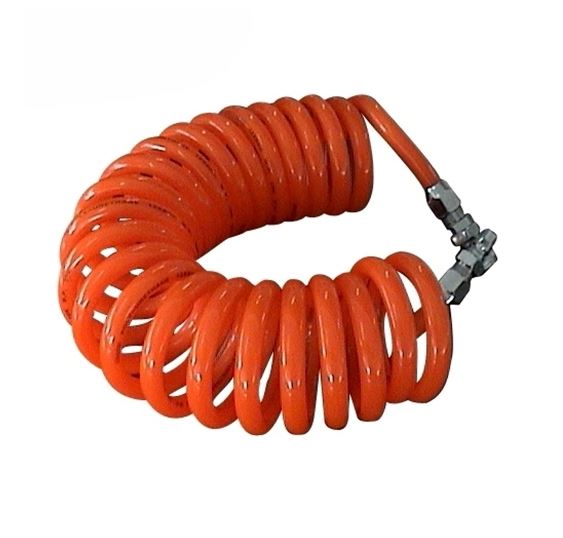High - Pressure LPG Hoses - Ensuring Safety and Efficiency in Fuel Transfer
In the domain of liquefied petroleum gas (LPG) usage, hoses play a pivotal role in safely and effectively transferring fuel. Whether it's for powering cooking appliances or other LPG - dependent systems, understanding the nuances of different types of hoses such as high pressure lpg gas hose, high pressure lpg hose, lpg cooker hose, lpg hose with regulator, and lpg vapor hose is essential. These hoses are designed to withstand specific pressures and conditions, ensuring the seamless operation of LPG - based equipment while safeguarding users from potential hazards.
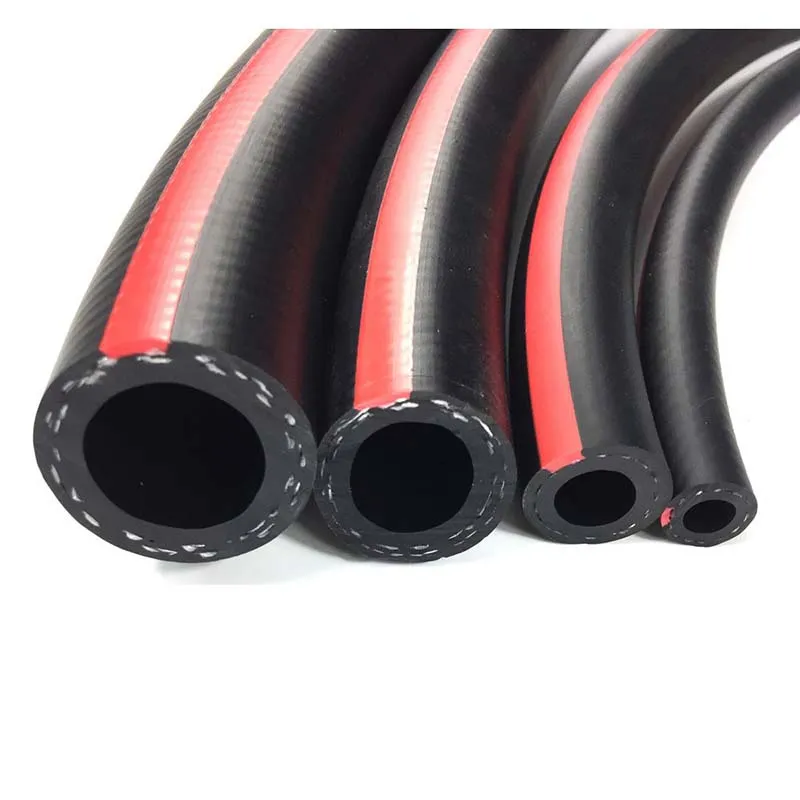
Unveiling the Functionality of High Pressure LPG Gas Hoses
High - pressure applications demand hoses that can endure significant force, and high pressure lpg gas hose fits the bill perfectly. In industrial settings where LPG is used for heating, cutting, or other high - intensity processes, these hoses are responsible for transporting gas from storage tanks to the equipment. Constructed from durable materials like reinforced rubber or synthetic polymers, high pressure lpg gas hose is engineered to resist leaks and ruptures even under extreme pressure. For example, in metal fabrication workshops where LPG - fueled torches are used for welding, a reliable high pressure lpg gas hose ensures a consistent flow of gas, enabling precise and efficient work without the risk of dangerous gas leaks.
Exploring the Versatility of High Pressure LPG Hoses
High pressure lpg hose is a broad - category term that encompasses hoses designed to handle elevated pressures within the LPG system. These hoses are not only used in industrial applications but also in some large - scale residential setups with powerful LPG - based heating systems. The key to their effectiveness lies in their ability to maintain structural integrity under pressure. They often feature multiple layers, with an inner layer resistant to LPG's chemical properties and outer layers providing additional strength and protection against abrasion. In commercial kitchens with high - output LPG cookers, high pressure lpg hose ensures that the gas reaches the burners with the right pressure, facilitating quick and efficient cooking processes.
Discovering the Importance of LPG Cooker Hoses
When it comes to domestic LPG usage, the lpg cooker hose is a critical component. Connecting the LPG cylinder to the cooking appliance, this hose must be both flexible and robust. Made from materials that are safe for food - adjacent environments, lpg cooker hose allows for easy installation and maneuvering of the cooker while ensuring a secure gas supply. Regular inspection of these hoses is crucial, as any signs of wear, such as cracks or bulges, can pose a significant safety risk. A well - maintained lpg cooker hose not only guarantees the proper functioning of the cooker but also protects households from potential gas - related accidents, like fires or explosions.
Unveiling the Role of LPG Hoses with Regulators
Lpg hose with regulator combines two essential elements for safe and controlled LPG delivery. The regulator attached to the hose reduces the high - pressure gas from the cylinder to a lower, more manageable pressure suitable for the connected appliance. This combination is commonly found in both residential and commercial setups, ensuring that the gas flow is regulated precisely. For instance, in a small restaurant using LPG - powered grills, an lpg hose with regulator maintains a steady gas supply, preventing over - pressure that could damage the grill or cause dangerous flare - ups. The regulator also helps in conserving gas by providing a consistent flow rate, optimizing the efficiency of the LPG usage.
Exploring the Specifics of LPG Vapor Hoses
Lpg vapor hose is designed to handle LPG in its gaseous state, which is crucial for applications where the gas needs to be transported over longer distances or to specific parts of a system. These hoses are built to resist the permeation of LPG vapor, preventing any loss of gas and ensuring that the vapor reaches its destination effectively. In LPG - based heating systems for large buildings, lpg vapor hose connects various components, such as boilers and radiators, allowing the vaporized gas to flow smoothly and heat the premises efficiently. Their unique design and material composition make them ideal for handling the specific challenges associated with LPG vapor transfer.
FAQs about High - Pressure LPG Hoses
How often should LPG hoses be replaced?
LPG hoses, regardless of type - be it high pressure lpg gas hose, lpg cooker hose, or others - should be replaced regularly. As a general rule, it's advisable to replace domestic lpg cooker hose every 2 - 5 years. For high - pressure hoses used in industrial or commercial settings, the replacement interval might be shorter, often 1 - 3 years, depending on the frequency of use and environmental conditions. Signs of wear like cracks, hardening, or leaks are immediate indicators that a hose needs replacement, regardless of its age.
Can different types of LPG hoses be interchanged?
No, different types of LPG hoses, such as high pressure lpg hose and lpg cooker hose, are not interchangeable. Each hose is designed for specific pressure ratings and applications. A high pressure lpg gas hose is built to withstand high - pressure conditions in industrial setups, while an lpg cooker hose is made for lower - pressure domestic use. Using the wrong hose can lead to gas leaks, explosions, or damage to the connected equipment. It's essential to use the appropriate hose as per the requirements of the LPG system.
What are the key safety features to look for in LPG hoses?
When choosing LPG hoses, key safety features include material quality, pressure rating, and proper fittings. Hoses should be made from materials resistant to LPG's chemical properties and capable of withstanding the intended pressure. For example, high pressure lpg gas hose should have a clearly marked high - pressure rating. Fittings should be secure and compatible with the LPG cylinder and appliance connections. Additionally, hoses with anti - kink and anti - abrasion features offer enhanced safety and durability, reducing the risk of gas blockages or leaks due to physical damage.
How can I ensure the proper installation of an LPG hose with regulator?
To ensure proper installation of an lpg hose with regulator, first, make sure the regulator is compatible with the LPG cylinder and the hose. Check for any damage to the regulator or hose before installation. Attach the regulator to the cylinder firmly, following the manufacturer's instructions. Then, connect the hose to the regulator and the appliance, ensuring all connections are tight and secure. After installation, perform a leak test by applying a soapy water solution to the connections. If bubbles form, there is a leak, and the connections need to be tightened or adjusted until the leak is resolved.
-
The Essential Role of LPG Hoses in Safe and Efficient Gas DistributionНовиниJul.16,2025
-
The Crucial Role and Varieties of LPG Gas HosesНовиниJul.16,2025
-
PVC Flexible Hoses in Industrial Applications: A Comprehensive OverviewНовиниJul.16,2025
-
High - Pressure LPG Hoses - Ensuring Safety and Efficiency in Fuel TransferНовиниJul.16,2025
-
Essential Tools for Welding Operations: Oxy - Acetylene HosesНовиниJul.16,2025
-
Essential Connections - LP Gas Hoses and Their VariantsНовиниJul.16,2025



